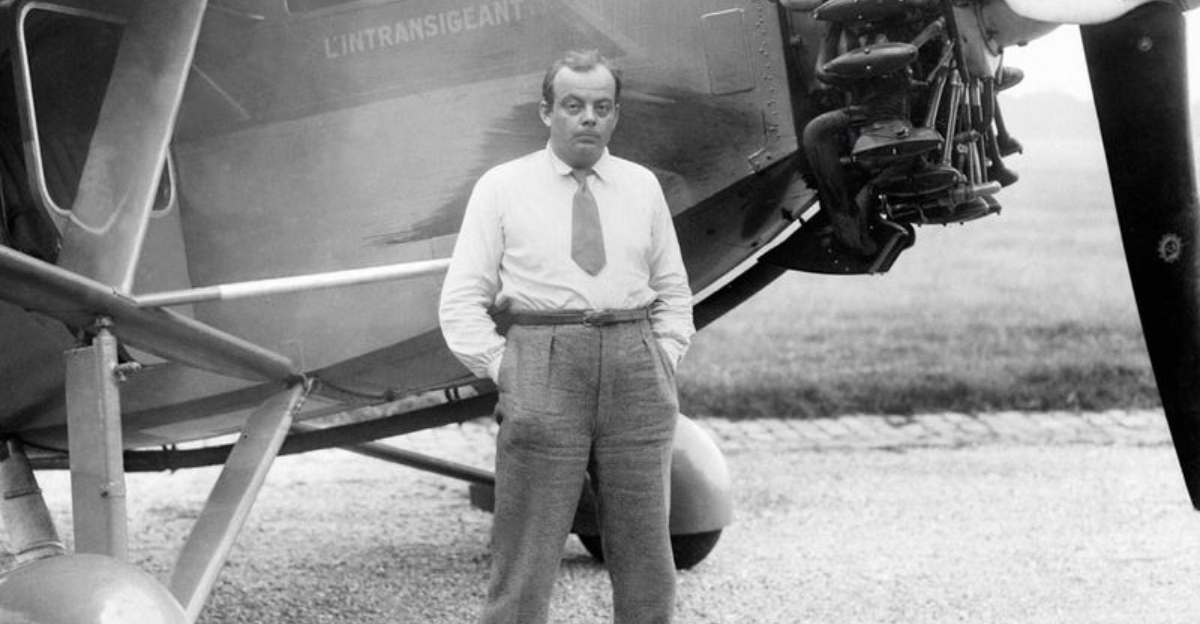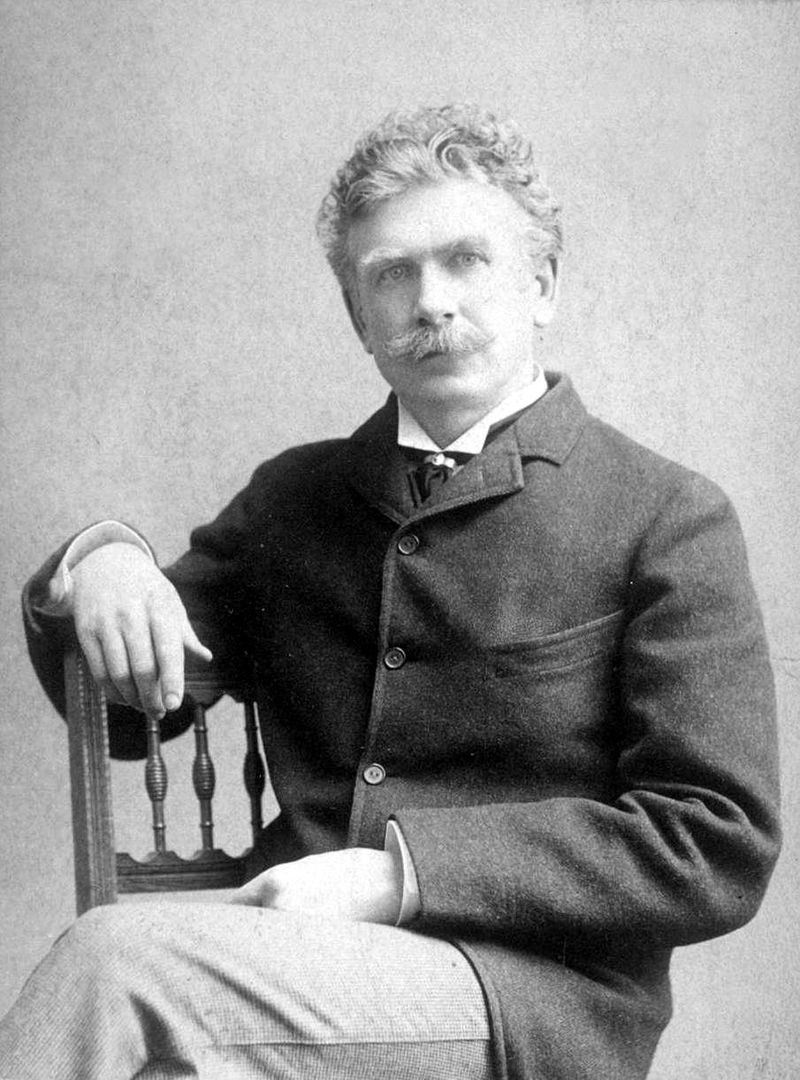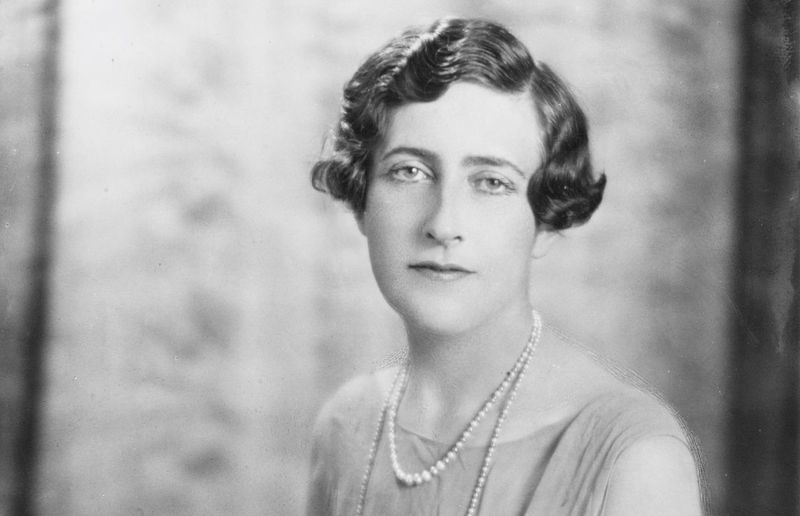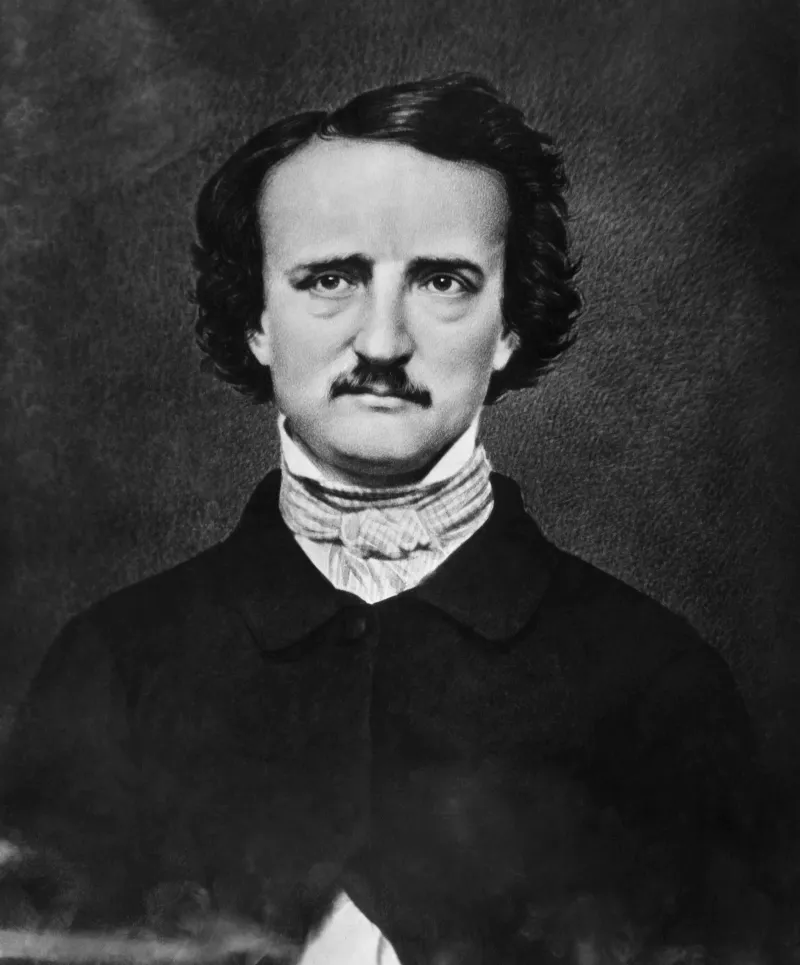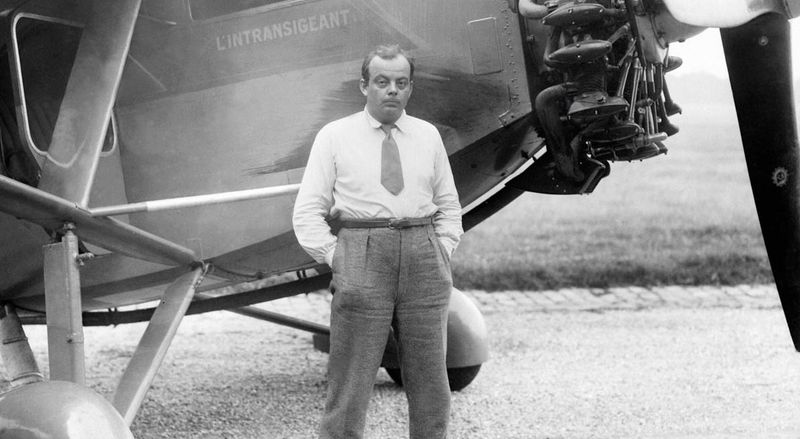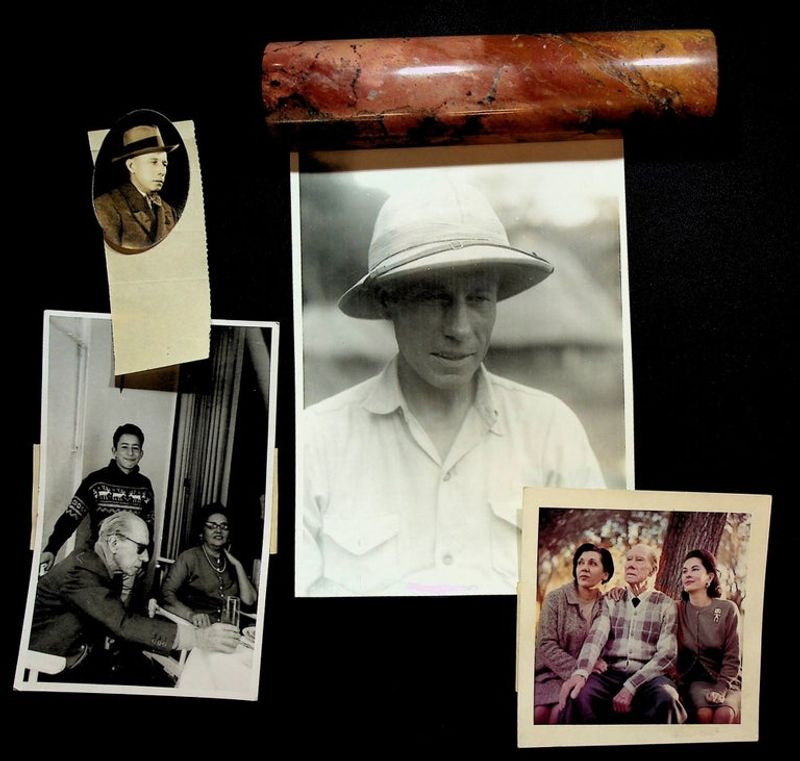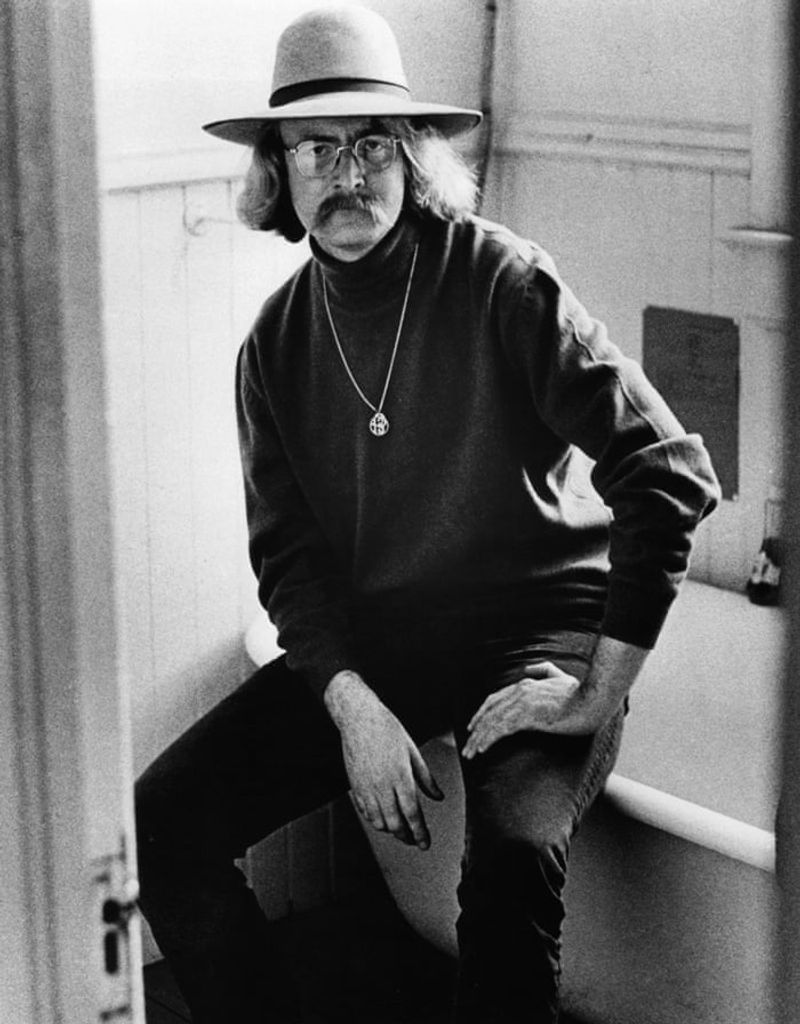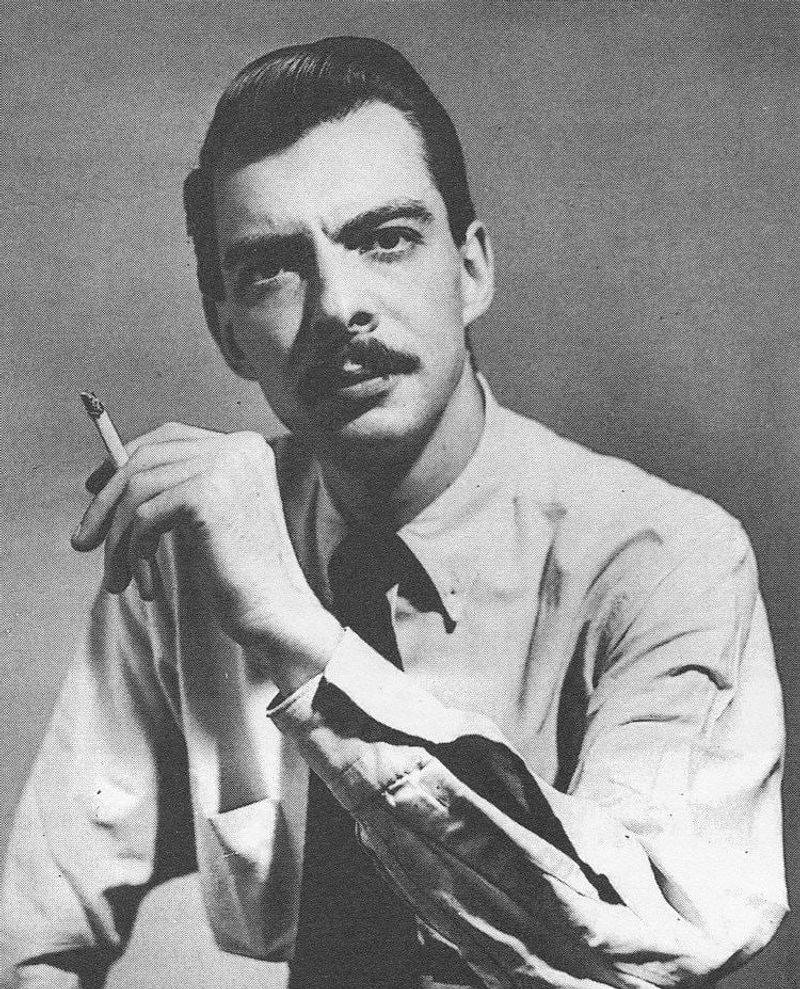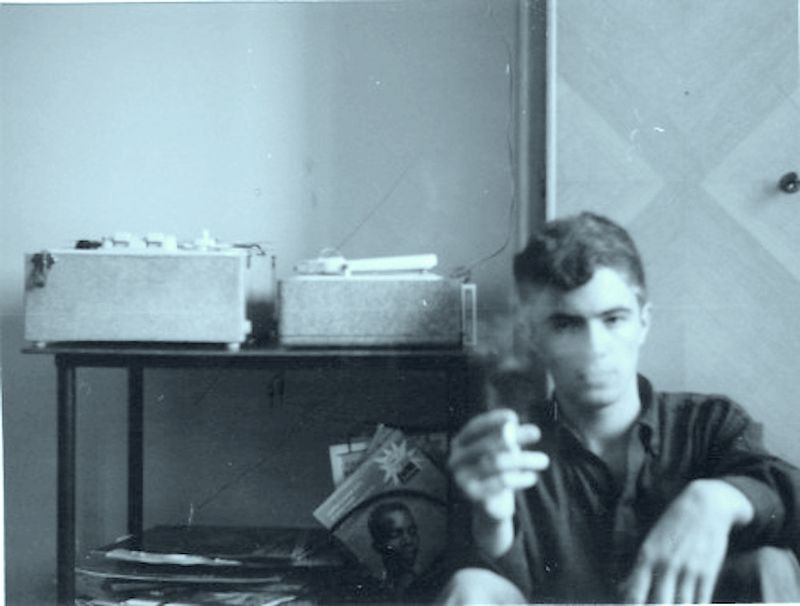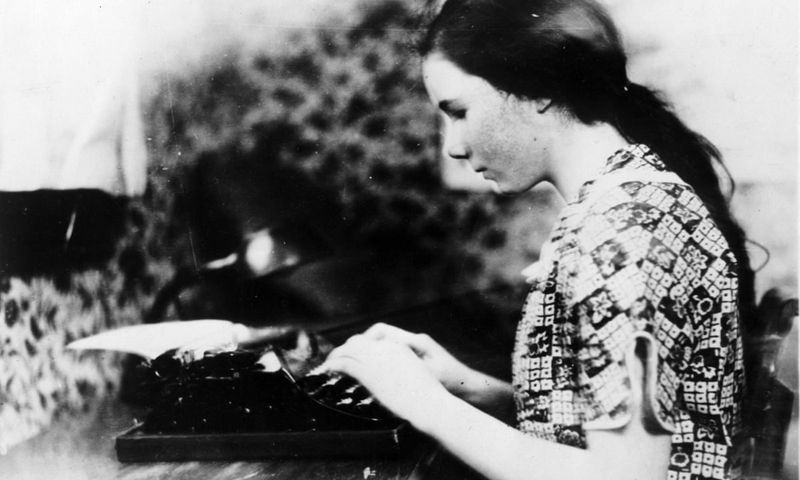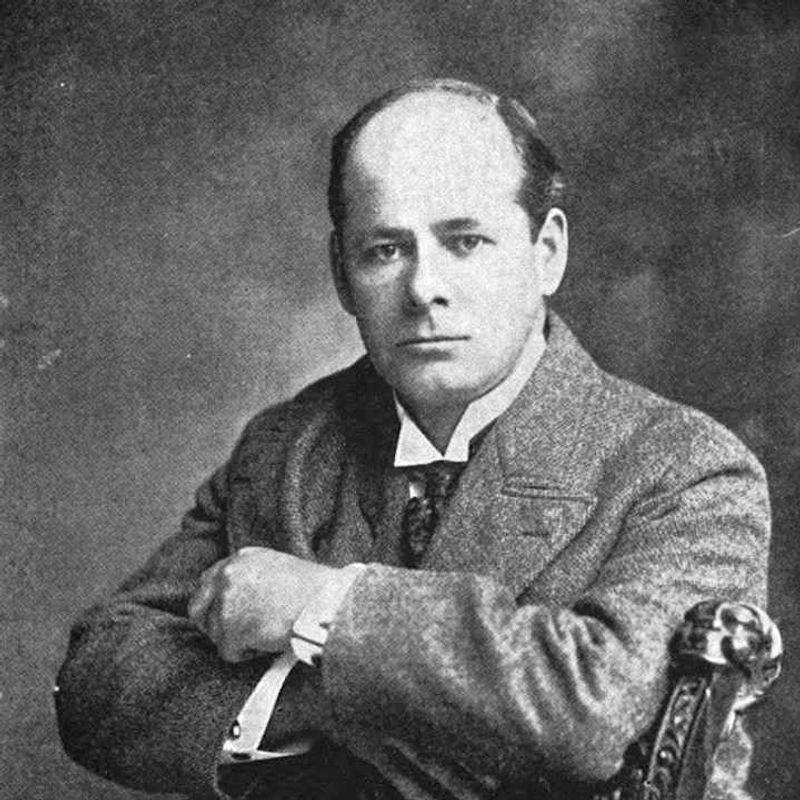Throughout literary history, a number of notable writers have vanished under curious circumstances, leaving behind a legacy of mystery and intrigue. Here, we explore ten such enigmatic figures whose disappearances continue to fascinate readers and historians alike.
1. Ambrose Bierce (1842–1914?)
Known for his biting wit, Ambrose Bierce was a master of satirical prose. In 1913, he ventured into revolution-torn Mexico. His last letter chillingly stated, “I leave tomorrow for an unknown destination.” Theories abound: was he killed, executed, or did he orchestrate his own vanishing act? Bierce’s disappearance remains as puzzling as his sharpest writings. Some suggest he was a casualty of battle, while others believe he sought a final adventure. The truth, much like his stories, is shrouded in ambiguity.
2. Agatha Christie (1890–1976) – The 11-Day Vanishing
Agatha Christie’s 1926 vanishing is a mystery befitting her crime novels. After her husband’s infidelity, she disappeared, leaving her car and identity behind. For 11 days, the press speculated wildly. Amnesia, a breakdown, or a publicity stunt—each theory seemed plausible. Ultimately, she resurfaced in a hotel, claiming memory loss. Was it a real-life plot twist or a cry for help? Christie’s enigmatic disappearance enthralls her fans as much as her detective tales do. The truth behind those days remains part of her intriguing legacy.
3. Edgar Allan Poe (1809–1849) – Death in Mysterious Circumstances
The master of macabre, Edgar Allan Poe, met his end in a manner as mysterious as his tales. Found delirious in Baltimore, wearing others’ clothes, Poe’s final days are a fog of speculation. Was it rabies, poisoning, or foul play? His dying whispers of “Reynolds” add another layer of intrigue. Theories of coerced voting fraud also persist. Poe’s death, much like his stories, leaves a haunting aftertaste, blurring lines between fact and fiction, reality and speculation, ensuring his enigma lives on.
4. Antoine de Saint-Exupéry (1900–1944)
Antoine de Saint-Exupéry, famed for ‘The Little Prince,’ vanished during a WWII flight. As an aviation pioneer, his disappearance captured imaginations worldwide. 1998 saw the discovery of his plane wreckage, yet questions remain. Was he shot down, or was it mechanical failure or even suicide? Stories of his last flight carry the same poetic allure as his writings. Saint-Exupéry’s life and disappearance are woven with mystery, echoing the themes of exploration and adventure that define his literary legacy.
5. B. Traven (1882?–1969?)
B. Traven, the elusive author behind ‘The Treasure of the Sierra Madre,’ is a puzzle wrapped in enigma. His true identity remains speculated—was he Ret Marut, a German anarchist? Operating under pseudonyms, he vanished into Mexico’s vibrant landscapes. Traven’s life is a reflection of his tales, filled with intrigue and a sense of the unknowable. His disappearance, much like his works, invites endless curiosity. The man behind the stories remains as shadowy as the characters he crafted, evoking perpetual fascination.
6. Richard Brautigan (1935–1984)
Richard Brautigan, a voice of the counterculture, lived a life tinged with nostalgia and melancholy. His disappearance culminated in tragedy; his body was discovered a year post-suicide in 1984. Depression and alcoholism shadowed his later years, yet his final days remain enigmatic. Brautigan’s works, tinged with whimsy and sadness, mirror his life’s poetic complexity. His departure, much like his prose, is imbued with a profound sense of mystery, leaving readers pondering the depths of his creativity and despair.
7. Weldon Kees (1914–1955?)
Weldon Kees was a poet whose disappearance is befitting of his haunting verse. In 1955, his car was found by the Golden Gate Bridge. Theories of suicide, escape to Mexico, or a new identity abound. Kees’ enigmatic departure echoes his work’s introspective depth. His artistic legacy invites contemplation of life, loss, and identity. The foggy bridge, much like his words, offers no clear answers, only the enduring allure of the unknown. Kees’ life and work remain intertwined with mystery, as enduring as San Francisco’s mist.
8. Jean-Patrick Manchette (1942–1995) – The Unfinished Manuscript
Jean-Patrick Manchette, known for his gripping crime novels, suddenly stopped writing in the ’80s. Blocked or pressured into silence by political foes? His death from cancer left questions hanging. Manchette’s life was as suspenseful as his stories, shrouded in an air of unfinished business. The abrupt end to his writing career adds an extra layer of intrigue to his legacy. Manchette’s world of noir, both real and imagined, perpetuates his enigmatic presence in the literary domain.
9. Barbara Newhall Follett (1914–1939?)
Child prodigy Barbara Newhall Follett vanished at 25, leaving behind an unfinished story. After marital strife, she walked away, never to return. Did she seek solitude, or was it a tragic end? Her disappearance remains as evocative as her early literary talent. Follett’s life, much like her works, invites speculation and yearning for resolution. Her step into the unknown is a story in itself, echoing the themes of escape and discovery that colored her brief but bright career.
10. Morgan Robertson (1861–1915) – The “Titan” Prophet
Morgan Robertson, famed for eerily predicting the Titanic disaster, died under unclear circumstances. The author of ‘Futility,’ his life took a mysterious turn, mirroring his prophetic fiction. Was it suicide, poisoning, or natural causes? Robertson’s narrative, like his tales, blurs lines between reality and imagination. His unexpected end invites endless conjecture, much like his prophetic narrative. Robertson’s legacy is shaped by the uncanny, leaving an indelible mark on literary history with its own enigma.
